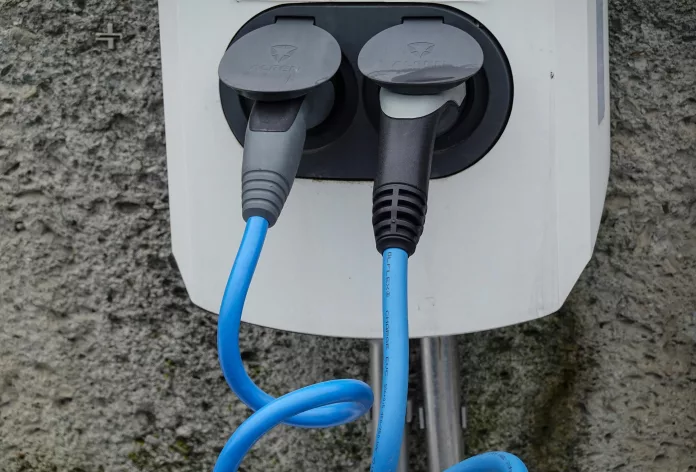The transition to electric vehicles (EVs) has been marred by the existence of vast EV charging ‘dead zones’ across the United States. These areas represent a serious challenge, notably within the Navajo and Hopi tribal lands, where the scarcity of charging infrastructure is hindering both residents and visitors’ ability to traverse the region efficiently. Addressing these EV dead zones isn’t just critical for the local communities; it’s essential for anyone attempting to fully explore these captivating areas.
Exploring the Extent of the Charging Dead Zone
Covering around 300 miles east to west and 150 miles north to south, this desert of charging options introduces significant roadblocks. Vehicles must navigate changing weather conditions and challenging terrains that can deplete their range more quickly than expected. For instance, a journey from Flagstaff, Arizona to Mexican Hat, Utah spans almost 200 miles and requires mid-trip stopovers for recharging—a challenging endeavor for most EVs, especially when towing.
Trips to the North Rim of the Grand Canyon also pose similar difficulties. Depending on your direction of approach, you may face formidable climbs and limited charging options, necessitating extended stops at hotels or restaurants equipped with Level 2 chargers to refresh your vehicle’s battery.
The Impact on Local Tribes
The absence of ample EV charging infrastructure deeply affects tribal communities. The no-go zone for EVs discourages travelers, leading to missed economic opportunities for local businesses that rely on tourist trade. Visitors, otherwise passing through and spending at locations like Canyon de Chelly or Monument Valley, opt for alternate routes, reducing crucial revenue from fuel and food sales associated with through traffic.
Beyond the immediate financial implications, the gap in charging options could also slow down the adoption of EVs by the local population, delaying the benefits of cleaner transportation methods and potentially exacerbating existing economic challenges within these communities.
The Broader Consequences for the United States
It’s not just the tribal lands that suffer—the charging dead zone has wider implications. Prospective EV owners across the country might be dissuaded when they realize that an EV might limit their ability to explore some of the nation’s most stunning landscapes. For those who still opt for an EV, the detours required can add significant time to journeys and restrict access to landmarks that should be within reach for any traveler.
Possible Solutions to Bridge the Charging Gap
Resolving the charging conundrum doesn’t necessitate a monumental overhaul. A handful of strategically placed charging stations could jumpstart the flow of EV traffic, with additional benefits potentially accruing to fund future expansions and enhancements to the network.
Investments in battery storage technology, such as that offered by FreeWire, could provide a workaround for the infrastructure challenge. These solutions would enable the erection of charging stations even in areas where the electrical grid is less robust, increasing accessibility without massive upfront investment, particularly appealing to businesses in tribal territories.
Putting these charging stations in place would bring confidence to EV drivers, such as those behind the wheel of a Bolt EUV, to traverse these regions without range anxiety. With appropriate infrastructure, visitors could spend their money locally on various amenities, supporting the communities while enjoying what the area has to offer.
The installation of a modest network of charging stations could mark the beginning of a new chapter in the story of electric mobility across Navajo and Hopi lands—one where residents, tourists, and the environment are all beneficiaries of a thoughtful leap forward in transportation infrastructure.


























